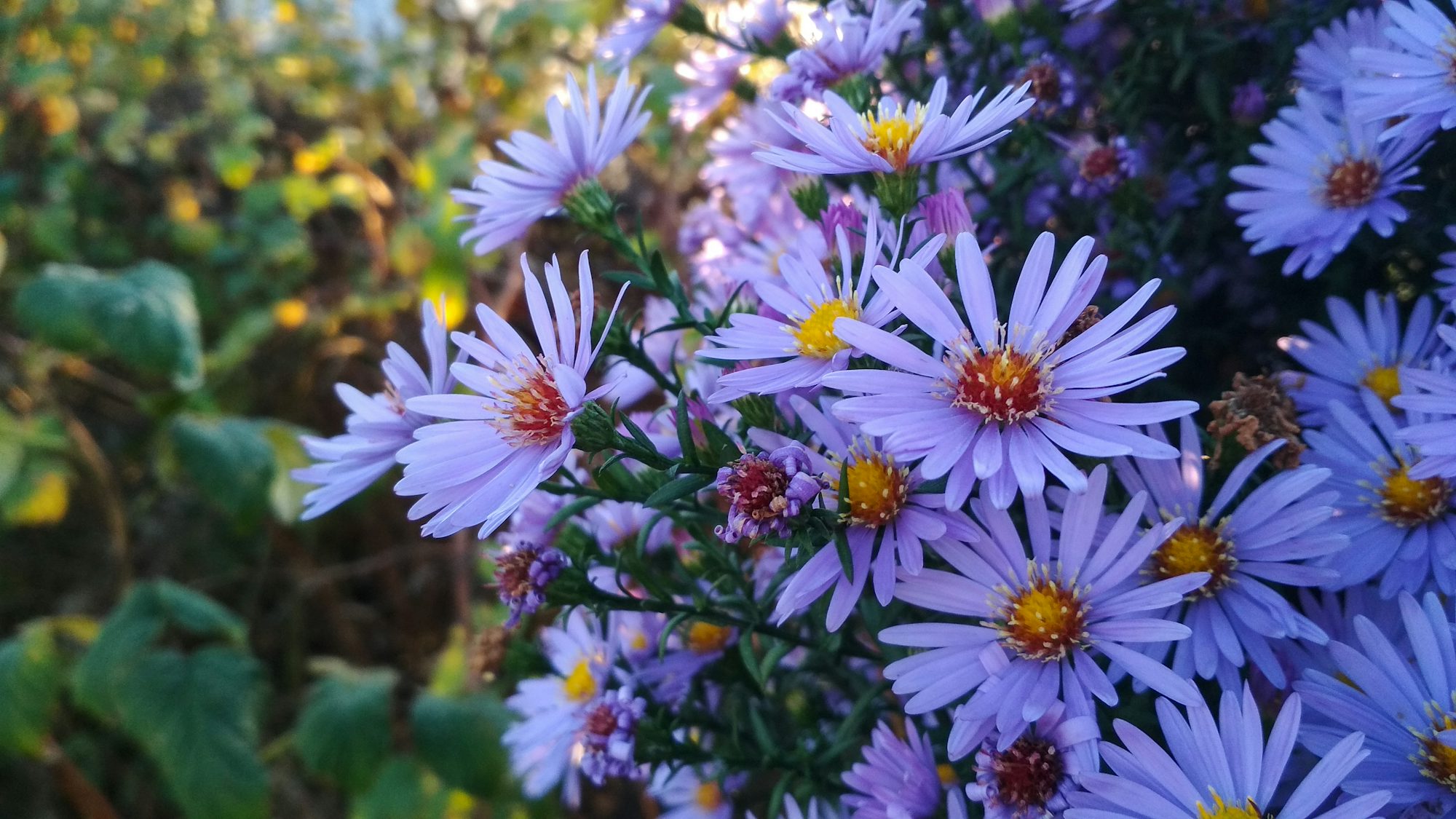Flower gardening is a timeless pursuit that connects us to nature and allows us to express our creativity. One of the most rewarding aspects of gardening is embracing the changing seasons. Each season offers unique opportunities for planting, nurturing, and enjoying different flowers that reflect the beauty of the natural world. In this article, we will explore the joys and techniques of seasonal flower gardening, providing insights into how to cultivate a vibrant garden that evolves with the year.
Spring is often regarded as the season of renewal and rebirth, and it’s the perfect time to start a flower garden. As the cold weather recedes and temperatures begin to rise, spring flowers emerge from their slumber, bringing color and life back into our gardens. Early bloomers like crocuses, daffodils, and tulips are among the first to brighten our landscapes, heralding the arrival of warmer days. Planting these bulbs in the fall ensures that they are ready to bloom as soon as spring arrives.
To create a stunning spring display, consider mixing these early bloomers with perennials that will come to life later in the season. For example, pairing daffodils with later-blooming irises or peonies can create a beautiful transition of colors and textures as the season progresses. The key is to choose a variety of flowers that will provide continuous blooms, ensuring that your garden remains vibrant and lively throughout the spring.
As spring gives way to summer, the garden undergoes a dramatic transformation. Summer flowers are often the most exuberant, boasting rich colors and bold shapes that reflect the season’s warmth. Popular summer blooms include sunflowers, zinnias, and dahlias, each bringing their unique charm and energy to the garden. Sunflowers, with their towering presence and cheerful faces, evoke feelings of happiness and positivity, while zinnias offer a delightful array of colors that attract butterflies and pollinators.
To make the most of your summer garden, consider incorporating a variety of heights and textures. Taller flowers like hollyhocks or sunflowers can serve as focal points, while lower-growing varieties like marigolds or petunias can fill in the gaps. Mixing different shapes and colors creates a dynamic and visually interesting space that draws the eye and invites exploration. Additionally, summer gardens often require more water and maintenance due to the heat, so be sure to stay on top of watering and deadheading to keep your flowers blooming beautifully.
As summer fades and autumn approaches, the garden begins to shift once again. Autumn is a season of transition, where flowers take on warm, rich hues that reflect the changing leaves. Chrysanthemums, asters, and sedums are quintessential autumn flowers, known for their resilience and ability to bloom even as temperatures drop. These hardy flowers can withstand cooler nights, providing a burst of color that brightens up the landscape as summer flowers begin to fade.
Incorporating ornamental grasses into your autumn garden can add movement and texture to the display. The wispy plumes of grasses sway gently in the breeze, creating a sense of fluidity and softness against the backdrop of more rigid flower structures. Additionally, using pumpkins or gourds as decorative elements can enhance the seasonal theme, making your garden a warm and inviting space for gatherings and celebrations.
Finally, winter offers a different kind of beauty for the flower gardener. While many flowers may not be in bloom, winter gardens can still be visually appealing with evergreens, holly, and winter-blooming plants like hellebores and winter jasmine. These hardy plants provide structure and color during the colder months, creating a serene and tranquil atmosphere.
Consider adding winter interest to your garden by incorporating elements such as bird feeders or decorative twigs and branches. These features not only enhance the aesthetic appeal but also attract wildlife, providing opportunities to observe nature in its winter habitat. Creating a winter garden can be a wonderful way to appreciate the quiet beauty of the season, encouraging reflection and appreciation for the cycles of nature.
Throughout the year, maintaining a flower garden requires regular care and attention. Seasonal gardening tasks can include planting, pruning, fertilizing, and watering. Each season presents its unique challenges and rewards, and understanding the specific needs of your plants is essential for a thriving garden. For instance, spring is a great time for planting and dividing perennials, while summer often requires more intensive watering and maintenance.
Incorporating organic practices into your gardening routine can further enhance the health of your garden. Using natural fertilizers and pest control methods can create a more sustainable and eco-friendly environment. Companion planting, for example, involves growing certain plants together to enhance growth and deter pests, creating a harmonious ecosystem within your garden.
Creating a seasonal flower garden is not only about beautifying your space; it also provides numerous benefits for mental well-being. Spending time outdoors, nurturing plants, and witnessing the beauty of nature can significantly reduce stress and promote relaxation. Gardening encourages mindfulness, as the rhythmic motions of planting and caring for flowers can be meditative, allowing us to disconnect from the demands of daily life.
Moreover, seasonal flower gardening can foster a sense of community. Sharing plants, exchanging gardening tips, and participating in local garden clubs can create connections with fellow gardening enthusiasts. These relationships often lead to friendships and a sense of belonging, enhancing the overall gardening experience.
In conclusion, seasonal flower gardening is a fulfilling and enriching pursuit that celebrates the beauty of nature throughout the year. By embracing the unique characteristics of each season, gardeners can create vibrant and dynamic landscapes that reflect the changing environment. From the renewal of spring to the tranquility of winter, each season offers its own charm and opportunities for creativity. With careful planning, attention to detail, and a love for flowers, anyone can cultivate a flourishing garden that brings joy and serenity into their lives.
